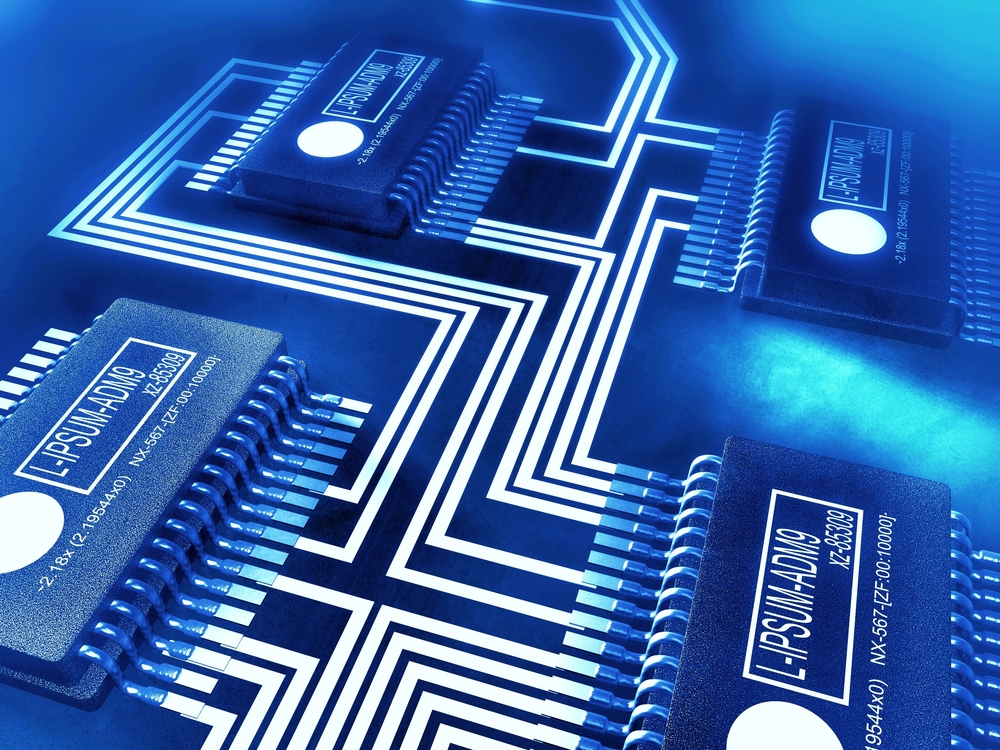

Renee James spent almost three decades as Intel, rising through the ranks of the giant chip maker and running businesses such as software and services before being named president in 2013 when Brian Krzanich took over as CEO.
She eventually left the company in 2016, becoming an executive at venture capital firm The Carlyle Group.
Now James is back in the chip-making field, launching a company with several other ex-Intel executives that will use the Arm architecture rather than the x86 that forms the basis of Intel chips in server processors that are aimed at private and public cloud data centers.
James this week launched Ampere Computing, saying that the distributed nature of the cloud and the requirements around memory and power of the new generation of applications and workloads like artificial intelligence (AI) require a rethinking of how processors are built.
“We have an opportunity with cloud computing to take a fresh approach with products that are built to address the new software ecosystem,” James said in a statement. “The workloads moving to the cloud require more memory, and at the same time, customers have stringent requirements for power, size and costs.
The software that runs the cloud enables Ampere to design with a different point of view. The Ampere team’s approach and architecture meets the expectation on performance and power and gives customers the freedom to accelerate the delivery of the most memory-intensive applications and workloads such as AI, big data, storage and database in their next-generation data centers.”
Ampere enters a highly competitive market. Intel is by far the dominant player in server processors, with more than 90 percent of the market. However, businesses have been looking for a viable alternative to Intel in hopes that competition will drive innovation and better prices while protecting against any supply chain issues.
Arm officials for most of the decade have talked about how the company’s low-power architecture is a good fit for the rapidly changing compute environment, and over the past years several companies—including Applied Micro (which was bought by Macom) and Cavium (which is being acquired by Marvell Technology)—have rolled out Arm-based server chips. The Arm push was boosted by Qualcomm, which comes with the size and resources to challenge Intel and last fall launched its 48-core Centriq 2400 server processor.
Arm chips hold a tiny fraction of the overall server chip space, but they have gotten support in the industry. System OEMs like Hewlett Packard Enterprise, Dell EMC, Cray and Lenovo have Arm-based servers, and Fujitsu announced last year that the next generation of its K supercomputer will be based on Arm chips.
Microsoft officials last year said they will start using Arm-based servers in the company’s Azure cloud, and Red Hat, long a vocal supporter of Arm in the data center, in November 2017 unveiled Red Hat Enterprise Linux 7.4 for Arm, an operating system with full Arm support.
But it’s not only Arm that’s looking to chip away at Intel’s market share. A reinvigorated Advanced Micro Devices has its x86-based Epyc chip on the market that’s based on its “Zen” architecture, and IBM is pushing its Power architecture through both its own efforts and that of the OpenPower Foundation. At the same time, Intel continues to improve the power efficiency, performance and capabilities of its own processors through such features as field-programmable gate arrays(FPGAs). It’s a crowded market.
However, James and other executives are touting what they are calling an innovative approach to chip design that includes custom 64-bit Arm cores that leverage the Arm-v8 architecture and runs at up to 3.3GHz, provides 1TB of memory and boasts a power envelope of 125 watts.
Memory bandwidth and capacity also are a focus, according to company officials. The chip offers integrated mixed-signal I/O, including PCIe Gen 3, SATA Gen 3, USB and workload accelerators, network and storage offload systems, and a high-performance on-chip fabric. Enterprise-class features include error-correcting code (ECC), full virtualization support, and advanced power management and integrated security features.
Originally published on eWeek
Elon Musk sells social media platform X to his AI start-up xAI in a move…
TikTok opens e-commerce shopping in Germany, France, Italy as US future remains uncertain over divest-or-ban…
Discover expert insights on overcoming digital transformation challenges. Learn how to manage change, balance innovation,…
Microsoft drops data centre projects amounting to 2 gigawatts of power consumption as investors question…
SMIC sees revenues rise 27 percent for 2024, but profits fall nearly 50 percent amidst…
Google reassures developers Android to remain open source as it brings development entirely in-house, reduces…